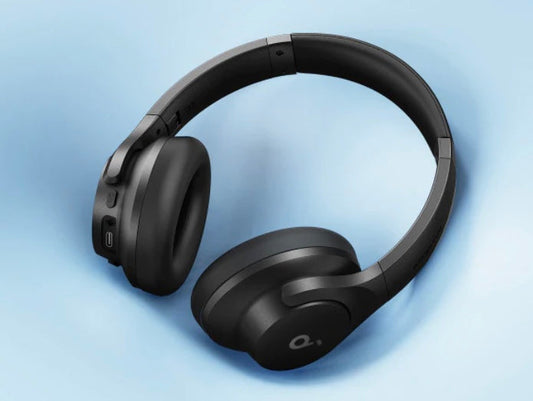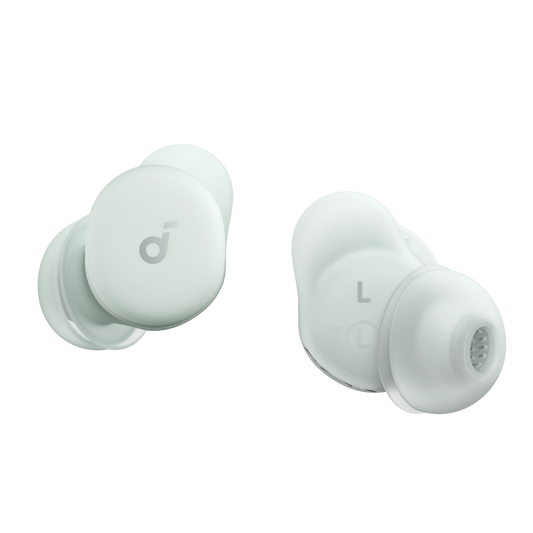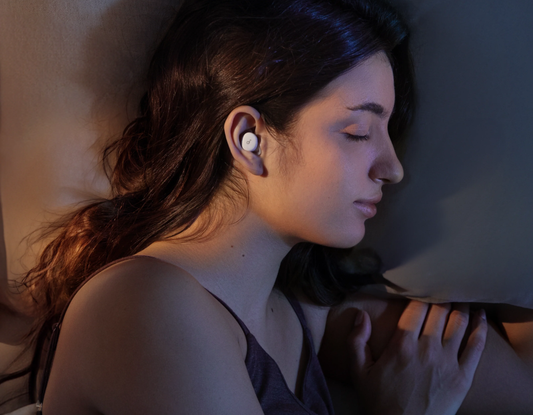Earbuds Blog

How to Choose Between Bone Conduction and Open-...
When it comes to choosing the right pair of headphones, the variety of options available can leave anyone feeling overwhelmed. Two popular choices that often get confused are bone conduction...
How to Choose Between Bone Conduction and Open-...
When it comes to choosing the right pair of headphones, the variety of options available can leave anyone feeling overwhelmed. Two popular choices that often get confused are bone conduction...

Are Bluetooth Headphones Safe: What You Should ...
In the era of wireless technology, Bluetooth headphones have become an essential part of modern life. They offer convenience and freedom of movement while listening to music, making calls, or...
Are Bluetooth Headphones Safe: What You Should ...
In the era of wireless technology, Bluetooth headphones have become an essential part of modern life. They offer convenience and freedom of movement while listening to music, making calls, or...

Is Noise Cancelling Bad for Your Ears? Safety &...
Noise-cancelling headphones have become increasingly popular for their ability to block out unwanted sounds, creating a quieter and more focused listening experience. They are especially useful in noisy environments, helping...
Is Noise Cancelling Bad for Your Ears? Safety &...
Noise-cancelling headphones have become increasingly popular for their ability to block out unwanted sounds, creating a quieter and more focused listening experience. They are especially useful in noisy environments, helping...

Does Music Help You Sleep? The Science Behind S...
You know that feeling when you’re tossing and turning, staring at the ceiling, willing yourself to fall asleep? You’re not alone. If you’ve ever wondered, does music help you sleep?...
Does Music Help You Sleep? The Science Behind S...
You know that feeling when you’re tossing and turning, staring at the ceiling, willing yourself to fall asleep? You’re not alone. If you’ve ever wondered, does music help you sleep?...

How to Sleep Comfortably with Earbuds: Tips for...
In our quest for a good night's sleep, many of us turn to earbuds as a way to help us drift off into dreamland. Whether it's listening to calming music,...
How to Sleep Comfortably with Earbuds: Tips for...
In our quest for a good night's sleep, many of us turn to earbuds as a way to help us drift off into dreamland. Whether it's listening to calming music,...

soundcore Sleep A30: Best Sleep Headphones for ...
Do you also enjoy falling asleep to soothing music or your favorite podcasts? Nowadays, an increasing number of people have the habit of putting on headphones and listening to audio...
soundcore Sleep A30: Best Sleep Headphones for ...
Do you also enjoy falling asleep to soothing music or your favorite podcasts? Nowadays, an increasing number of people have the habit of putting on headphones and listening to audio...